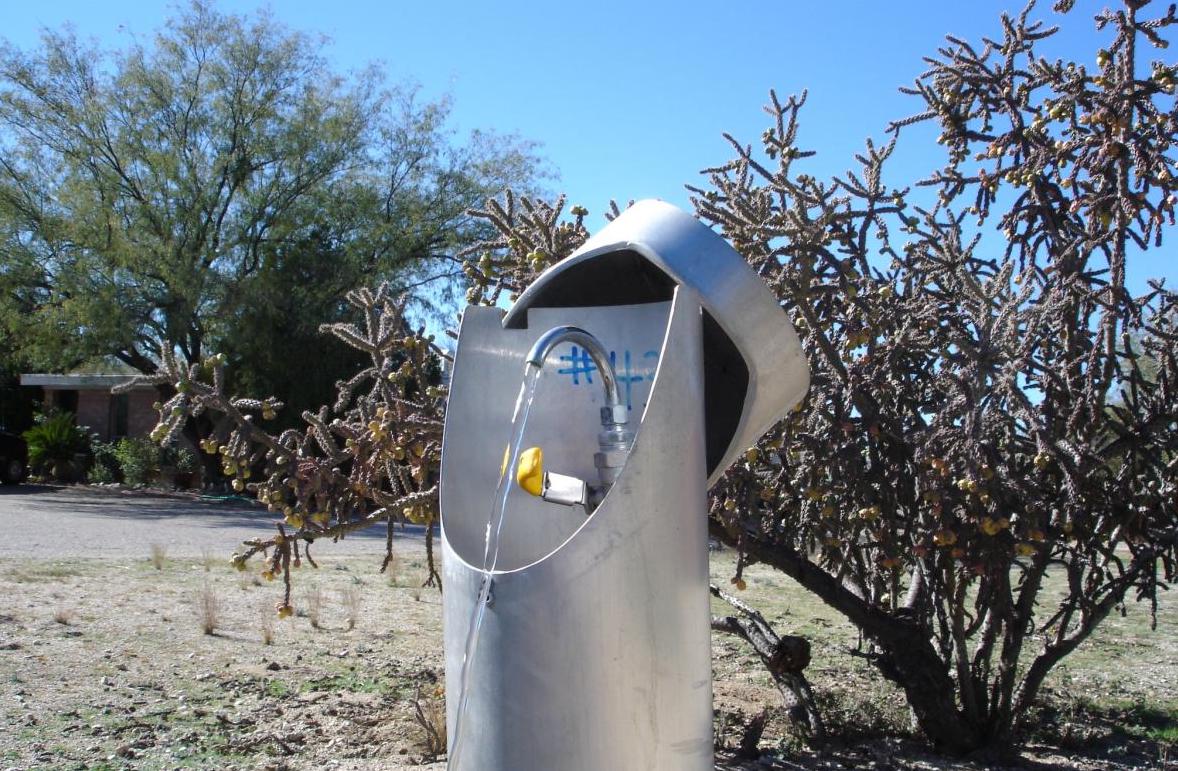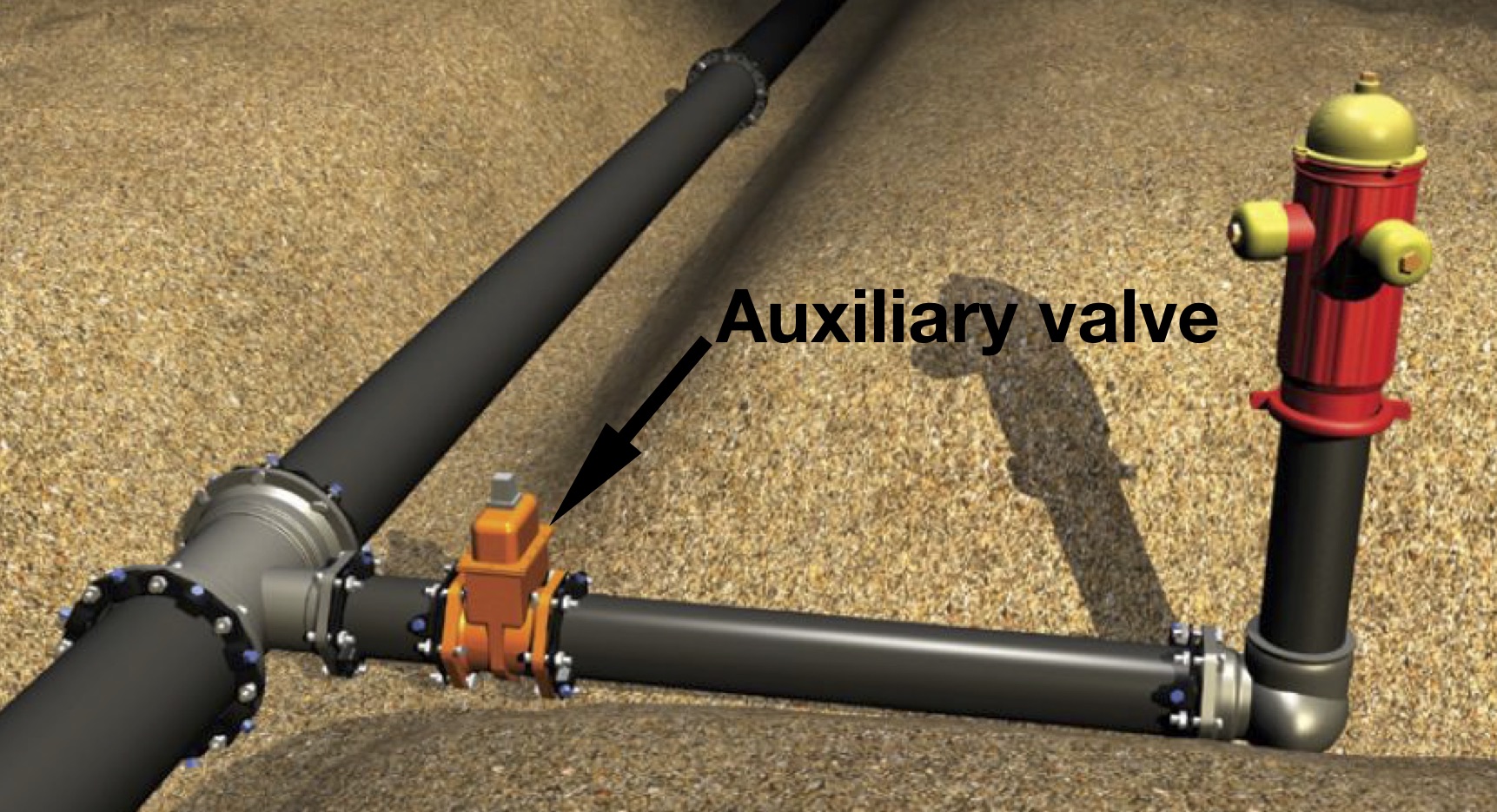If you’re looking for a Water Distribution Practice Test, you’re in the right place. Try to answer the following 5 practice questions.
I placed the answers to these questions at the bottom of the page. Furthermore, I included explanations to help you understand the material.
One of the best ways to study for the exam is to take many Practice Tests. A Water Distribution Practice Test will help you identify your weaknesses and areas of improvement. Also, it will give you a rough idea of what to expect on the actual exam.
Click here for Water Distribution Practice Test s
PRACTICE QUESTIONS
- If a public water system collects at least 40 water samples per month, a minimum of __________ of routine/repeat samples must test negative for total coliform bacteria.
-
-
- 99%
- 80%
- 85%
- 95%
-
2. What is formed when chlorine reacts with natural organic matter?
-
-
- Sodium thiosulfate
- DPD
- Disinfection by-products (trihalomethane)
- Hypochlorous acid
-
3. What are monochloramine and dichloramine?
-
-
- Free chlorine
- Combined chlorine
- Chlorine gas
- Sodium hypochlorite
-
4. Which backflow prevention device provides the greatest degree of protection?
-
-
- Pressure vacuum breaker
- Double check valve
- Atmospheric vacuum breaker
- Reduced pressure principle (RPP)
-
5. The auxiliary valve for a wet-barrel hydrant is located ____________ .
-
-
- Between the hydrant and supply water main
- On top of the body
- At the nozzle
- At the bottom of the body
-
Click here for Water Distribution Practice Test s
Click here for Water Distribution Operator Certification Classes
ANSWERS
-
D
At least 95% of monthly routine / repeat water samples must be free of total coliform bacteria for a water system that collects at least 40 samples a month. This is required by a drinking water regulation known as the Revised Total Coliform Rule.
The Water Distribution Operator Test will contain some questions related to drinking water regulations. Therefore, you must study the fundamentals of these regulations before you take your test.
2. C
First of all, disinfection by-products are undesirable chemicals that form when chlorine reacts with natural organic matter. There are many disinfection by-products that form in water, but the most important for the Water Distribution Test is trihalomethane. This chemical is commonly known by its acronym, THM.
Most noteworthy, trihalomethane is undesirable because it is known to cause cancer. Therefore, they must be reduced or eliminated in our water supply.
If you’re thinking about taking the Water Distribution Operator Test, I recommend studying disinfection by-products so that you understand the fundamentals. You don’t have to study them in great detail, but you’ll be expected to know the basics. Furthermore, it’s an important topic to understand as an employee of a water utility.
3. B
Monochloramine and dichloramine are chemicals that disinfect the water supply. They are formed when chlorine reacts with ammonia. Monochloramine and dichloramine are called combined chlorine because they are formed when chlorine combines with ammonia.
For the Water Distribution Test, I suggest you study various aspects of chlorination. Certainly, you should understand the different types of disinfectants, and their characteristics. It’s an important topic for the exam. Therefore, I suggest you study it to ensure you understand the fundamentals.
4. D
A water distribution system is commonly protected from outside contaminants with a backflow prevention device. It prevents flow from an outside source into the water distribution system, and keeps the water safe to drink.
Of course, there are several types of backflow prevention devices, such as a reduced pressure principle, which provides the greatest degree of protection among the answer choices.
Here is a photo of a backflow prevention device.
In short, you should understand the differences between various backflow prevention devices and methods, such as reduced pressure principle, double check valve, air gap, and vacuum breakers.
5. A
The purpose of the auxiliary valve is to shut-off the flow to the hydrant. It is located on the pipe that connects the hydrant to the water main.
The following drawing shows the location of an auxiliary valve for a hydrant.
For the Water Distribution Operator Test, I recommend studying the location of the valves, and various aspects of operating and maintaining a fire hydrant. Furthermore, I suggest reviewing the fundamentals of flushing a water main using a hydrant.
HELPFUL RESOURCES:
Water Distribution Practice Test s
Water Distribution Operator Certification Classes
TIPS FOR PASSING THE WATER DISTRIBUTION OPERATOR TEST
First of all, you should start studying for your test as soon as possible. If you are new to the water industry, give yourself at least a few months to study. It takes time to learn the material, especially if you don’t have a background in water distribution. Consequently, it’s never too early to start studying.
Also, after you have taken a class to learn the concepts of water distribution operations, solve a lot of practice questions to test your knowledge. I think it’s one of the most effective ways to study for an exam.
Lastly, if math is your biggest weakness, solve as many math problems as possible. Once you learn how to solve them, repetition is the key to success. I have students who used this method successfully, and passed their test.
Good luck.
By the way, here is another article with sample questions for the Water Distribution Operator Certification Test.





